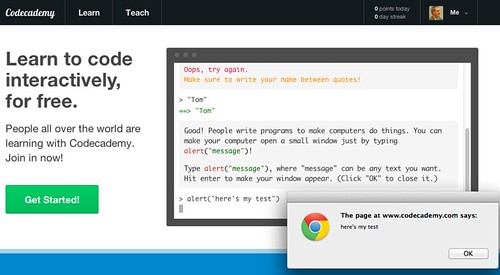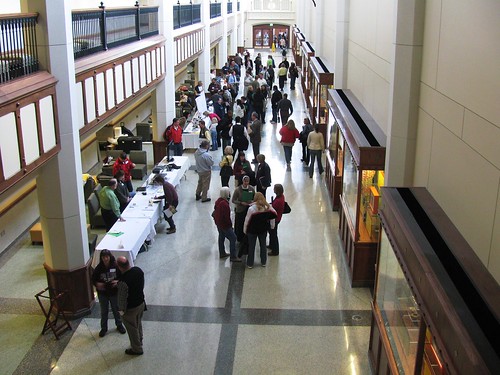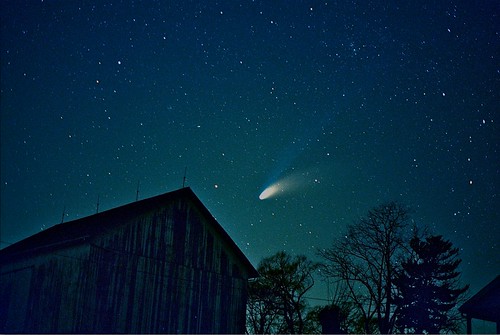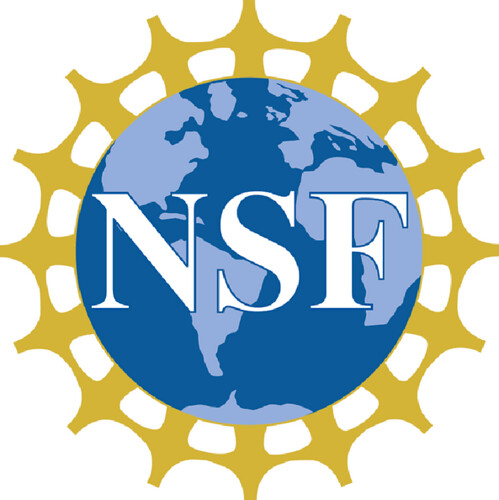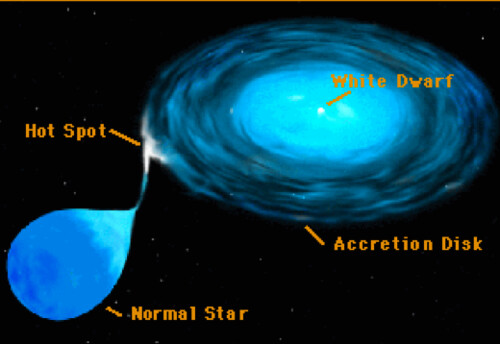At one point during the semester, we had a very unsettling discussion with our graduate TAs. We were reflecting on a new experiment we had implemented working with Schenoplectus americanus, a marsh sedge studied by Jason McLachlan’s lab. In talking about the ups and downs of the projects, our TAs pointed out that in some ways the whole course seemed backwards.
For context, in the first semester we do some pretty intensive molecular experiments. These are pretty cool and introduce students to important techniques, but there isn’t much that students can do to think up experiments on their own. In some cases, like our project with Patty Champion on mycobacterium, students are doing REAL novel work. Cool to be working on real research, right?
But in the second semester, we step back and ask students to design their own experiments. One of these is in cardiovascular physiology and they tend to be pretty simple (or not, as I discussed here http://blogs.nd.edu/sciencespf/2013/02/08/blog-post-1-experiments-are-rarely-simple/). It seemed to many of our TAs, that the simpler experiments where students could design their own experiments would be most appropriate to come FIRST in a lab course. This started to make a lot of sense. The fact that we start with molecular experiments is primarily driven by the order of topics in the lecture – small to big.
This discussion got me thinking about the role of lab course in general. To learn the basic path of the scientific process? To learn lab techniques? To develop your own ideas? To contribute to novel research? Based on which of these goals you choose, you might wind up with very different courses.
Thus, my new summer goal. To really reflect on the specific learning goals for the course overall. I have these worked out to some extent from the ASM Biology Scholars workshop in 2011, but I want to work on these in more detail.
In terms of implementation, I hope to also include some of the ideas of Daniel Pink in “Drive”. The keys to motivation: independence, mastery, and purpose. But that is for another post.

